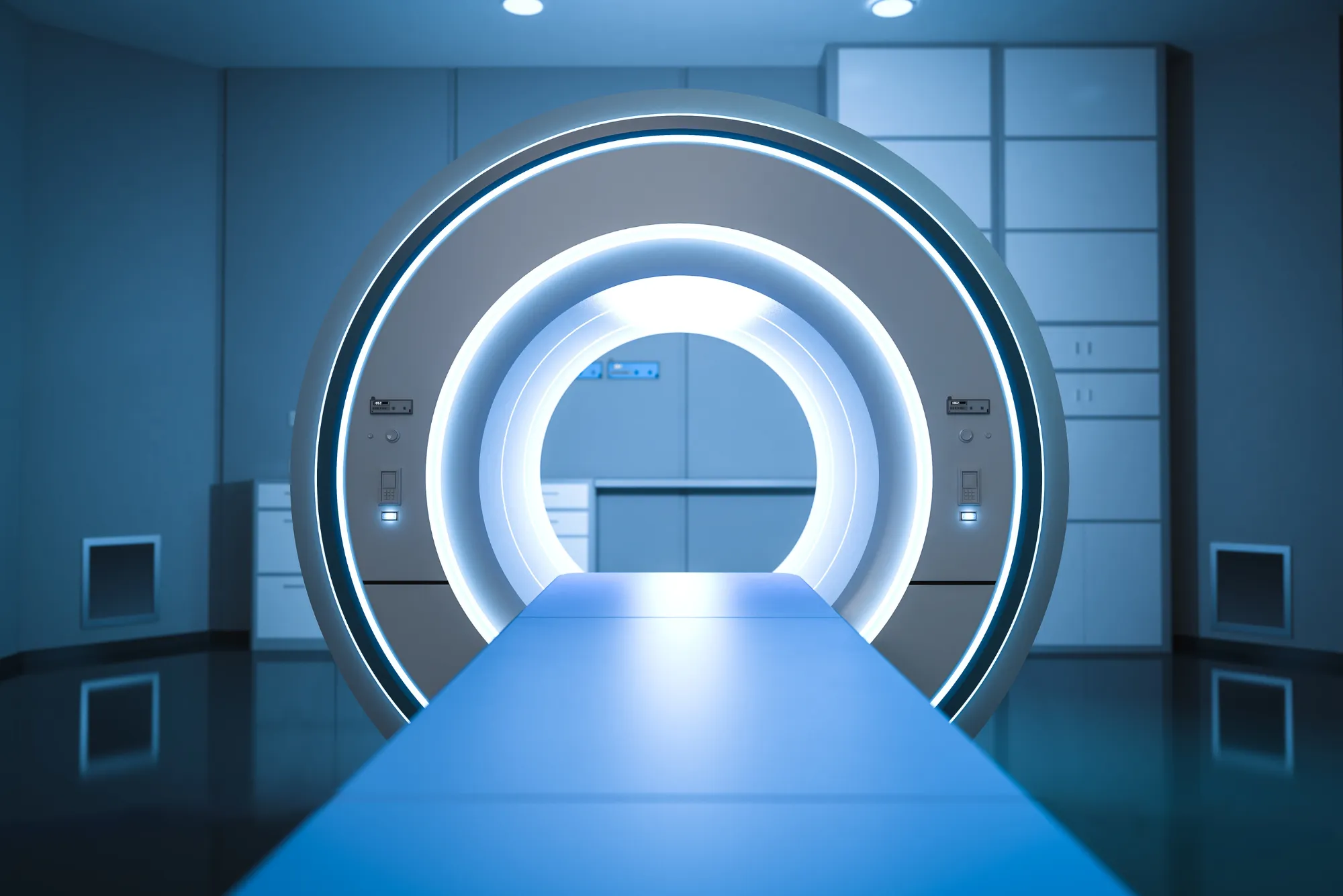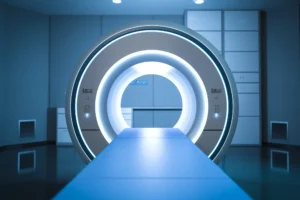Prostatic hyperplasia, commonly known as benign prostatic hyperplasia (BPH), is a prevalent condition among aging men. It involves the enlargement of the prostate, a gland located below the bladder that plays a crucial role in male reproductive health. The prostate surrounds the urethra, and as it enlarges, it can obstruct urine flow, leading to urinary symptoms such as difficulty urinating, frequent urges to urinate, and weak urine flow.
Advancements in medical treatments have made managing prostatic hyperplasia more effective, with laser therapy emerging as one of the leading solutions. This minimally invasive procedure helps reduce prostate size, improve urine flow, and relieve symptoms without major surgery. For individuals considering prostatic hyperplasia treatment, understanding how laser therapy works can help them make an informed decision.
What is the Prostate and Its Role in the Body?
The prostate is a small, walnut-sized gland in men that is part of the reproductive system. It is located just below the bladder and surrounds the urethra, the tube that carries urine from the bladder out of the body. The prostate produces seminal fluid, which nourishes and transports sperm during ejaculation.
As men age, hormonal changes can lead to prostate enlargement, affecting urinary function. While this condition is non-cancerous, it can significantly impact a man’s quality of life if left untreated. Learn more about the prostate and its functions here: prostate.
Understanding Prostatic Hyperplasia and Its Symptoms
Prostatic hyperplasia is a non-cancerous enlargement of the prostate gland, commonly seen in men over 50. The condition develops gradually and can lead to a range of urinary symptoms, including:
- Difficulty starting urination
- Weak or interrupted urine flow
- Frequent need to urinate, especially at night
- A feeling of incomplete bladder emptying
- Urgency to urinate, sometimes leading to incontinence
While BPH is not life-threatening, it can lead to complications such as bladder stones, urinary tract infections, or even kidney damage if left unmanaged.
How Does Laser Therapy Treat Prostatic Hyperplasia?
Laser therapy is a cutting-edge treatment for prostatic hyperplasia that uses concentrated light energy to remove or shrink excess prostate tissue. The procedure helps relieve urinary obstruction without the need for invasive surgery.
During laser therapy, a specialized scope is inserted through the urethra to reach the prostate. A laser is then used to precisely target and remove obstructive tissue, allowing for improved urine flow. Unlike traditional surgical methods, laser therapy minimizes bleeding and promotes faster recovery.
There are different types of laser therapy used for prostatic hyperplasia treatment, including:
1. Holmium Laser Enucleation of the Prostate (HoLEP)
This procedure involves using a high-powered holmium laser to carefully remove excess prostate tissue. The removed tissue is then pushed into the bladder and extracted. HoLEP is particularly effective for larger prostates and offers long-lasting relief.
2. Photoselective Vaporization of the Prostate (PVP)
Also known as GreenLight Laser Therapy, this technique uses a green laser to vaporize prostate tissue. It provides immediate symptom relief, reduces bleeding, and is suitable for men taking blood-thinning medications.
3. Thulium Laser Enucleation of the Prostate (ThuLEP)
Similar to HoLEP, this procedure uses a thulium laser to enucleate and remove prostate tissue. It offers minimal complications and is effective for men with moderate to severe BPH symptoms.
Benefits of Laser Therapy for Prostatic Hyperplasia
Laser therapy has become a preferred treatment due to its numerous benefits compared to traditional surgical methods like transurethral resection of the prostate (TURP). Some key advantages include:
- Minimally invasive: No external incisions are required, reducing the risk of infection.
- Less bleeding: Suitable for men on blood-thinning medications.
- Faster recovery: Most patients can return home the same day or within 24 hours.
- Immediate symptom relief: Many men experience significant improvement in urinary flow soon after the procedure.
- Lower risk of complications: Reduced chances of incontinence and erectile dysfunction compared to traditional surgery.
For those exploring prostatic hyperplasia treatment, laser therapy offers a safe and effective alternative with minimal downtime.
Who is a Candidate for Laser Therapy?
Laser therapy is recommended for men experiencing moderate to severe BPH symptoms that impact their daily life. Ideal candidates include those who:
- Have not responded well to medication
- Experience frequent urinary tract infections due to BPH
- Have difficulty completely emptying their bladder
- Wish to avoid major surgery and prolonged hospital stays
However, men with very large prostates may require a different treatment approach, depending on their overall health and severity of symptoms.
Potential Risks and Side Effects of Laser Therapy
While laser therapy is considered safe, it is important to be aware of potential risks and side effects, which may include:
- Temporary burning sensation during urination
- Mild discomfort or urgency to urinate for a few days post-procedure
- Retrograde ejaculation, where semen flows into the bladder instead of exiting through the urethra
- Temporary difficulty in urinating immediately after the procedure
Most of these side effects resolve on their own, and the majority of patients report high satisfaction with the treatment.
Alternative Treatment Options for Prostatic Hyperplasia
For men who may not be candidates for laser therapy, other treatment options include:
- Medications: Alpha-blockers and 5-alpha reductase inhibitors help relax the prostate and shrink its size over time.
- Minimally Invasive Procedures: Options such as UroLift and Rezum therapy use implants or water vapor to relieve obstruction.
- Lifestyle Modifications: A healthy diet, exercise, and avoiding caffeine or alcohol before bedtime can help manage symptoms.
Each treatment has its pros and cons, and consultation with a healthcare provider can help determine the most suitable approach.
Conclusion
Laser therapy has revolutionized the treatment of prostatic hyperplasia, providing an effective and minimally invasive solution for men struggling with urinary symptoms. By using advanced laser technology, this procedure removes excess prostate tissue, restores normal urinary function, and improves quality of life with fewer complications.
Men considering prostatic hyperplasia treatment should discuss their options with a urologist to determine if laser therapy is the right choice for them. With ongoing advancements in medical technology, managing BPH has become safer and more efficient than ever before.
For more health-related insights, wellness tips, and information on improving overall well-being, visit Vintage Clap. This platform covers a variety of topics, including natural remedies, fitness, and holistic health approaches to help you lead a healthier life.









